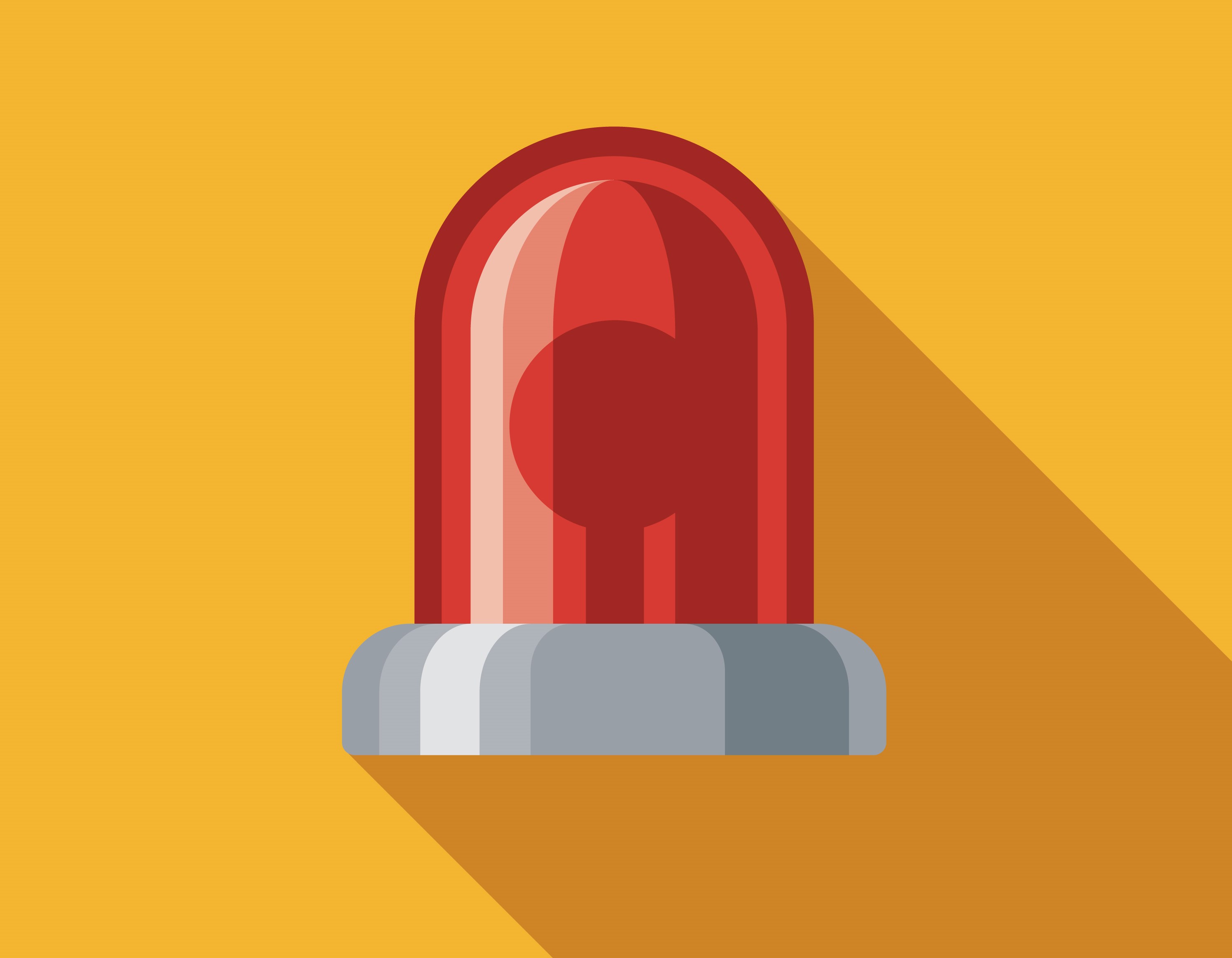Medical Emergencies That Can Be Treated in a Medical Office Setting
Managing Medical Emergencies: A Three-Pronged Arroyo for Healthcare Practices
Laura M. Cascella, MA, CPHRM

Medical emergencies — unexpected events that lead to bodily injuries or critical medical conditions — tin occur anywhere, including healthcare practices. In fact, the occurrence of medical emergencies in healthcare settings might not be equally uncommon as many people recall. For example:
| Examples of Medical Emergencies |
|---|
|
- A written report establish that 62 pct of family medicine and childcare offices saw at to the lowest degree one child each week that required urgent care or hospital admittance.1
- The combined results from ii dental studies showed that more than 30,000 emergencies occurred in dental offices over a x-year period (in a survey of more than 4,000 dentists).two
- An commodity in the British Dental Periodical estimates that general dental practitioners volition experience a medical emergency at least once every 2 years.3
In healthcare exercise settings, medical emergencies might be directly related to treatment or therapy, or they might occur by gamble. For example, a patient might experience a mild or severe allergic reaction as a result of a medication given during treatment, or a patient who is presenting for routine care may suffer a sudden cardiac arrest in the office waiting room.
Certain situations or factors might increase the take a chance of medical emergencies, such as patients who underestimate the urgency of their conditions and nowadays to a medical office instead of an emergency department. Emergency situations likewise may develop as a result of procedures associated with a loftier caste of patient anxiety, inadequate pain direction, or failure to accost patient phobias related to medical or dental care.4
Unfortunately, studies too have shown that many healthcare practices are unprepared to handle medical emergencies.5 Lack of time, financial constraints, and low prioritization can all play a office in disappointment preparedness efforts.
To manage emergent medical crises, and other emergencies that might occur, healthcare providers and staff members should be aware of how to potentially preclude these circumstances and how to appropriately respond if an emergency situation occurs. A three-pronged arroyo that addresses prevention, preparation, and activity can aid providers and their staff members proactively manage medical emergencies.
- Prevention. Although some medical emergencies are inevitable, others can potentially be avoided. Several steps in the patient care process are critical in the prevention effort, including the medical questionnaire, the provider–patient come across, and the concrete exam. Read more almost preventing medical emergencies in healthcare practices.
- Training. Although prevention efforts are an important part of emergency preparedness, medical emergencies can and will occur, making preparation paramount. Considerations when preparing for medical emergencies including developing a response plan, assigning staff roles and accountabilities, devising advice strategies, training providers and staff, and more. Read more nearly preparing for medical emergencies in healthcare practices.
- Action. When a medical emergency occurs, healthcare providers and staff members should be ready to quickly implement the exercise'southward emergency response plan. Although the activity strategy might differ based on the type of emergency and other factors, providers and staff members should stand ready to implement both medical and communication responses. Read more than about taking activeness during medical emergencies in healthcare practices.
In Summary
Although medical emergencies often are unpredictable, healthcare practices tin can take proactive steps to ensure that patients receive efficient, appropriate, and coordinated intendance in an emergency situation.
A threefold approach that addresses prevention, preparation, and action tin assist healthcare practices develop or evaluate their emergency response plans, implement comprehensive emergency management procedures, support staff training and readiness, and reinforce a culture of safety.
Endnotes
1 Toback, S. Fifty. (2007, June). Medical emergency preparedness in office practice. American Family Doc, 75(11), 1679–1684. Retrieved from http://www.aafp.org/afp/2007/0601/p1679.html
two Dentistry IQ. (2004). Medical emergencies in dentistry: Prevention and preparation. Retrieved from http://www.dentistryiq.com/articles/wdj/print/volume-2/outcome-10/you-and-your-do/medical-emergencies-in-dentistry-prevention-and-preparation.html
3 Jevon, P. (2020). Medical emergencies in the dental practice poster: Revised and updated. British Dental Journal, 229, 97–104. https://doi.org/ten.1038/s41415-020-1789-y
4 Dentistry IQ, Medical emergencies in dentistry; Malamed, S. F. (2010). Knowing your patients. Journal of the American Dental Association, 141(Suppl 1), 3S–7S.
five Toback, Medical emergency preparedness in office practice.
Source: https://www.medpro.com/medical-emergencies-three-pronged-approach
Enregistrer un commentaire for "Medical Emergencies That Can Be Treated in a Medical Office Setting"